To become an international pilot, you’ll need to follow a structured aviation career path that includes flight training, licensing, and the accumulation of flight experience.
Starting with a Private Pilot License (PPL) and progressing through certifications like the Commercial Pilot License (CPL) and Airline Transport Pilot License (ATPL), aspiring international pilots gain the qualifications needed to fly across borders and continents.
This journey also involves meeting educational requirements, mastering English communication, and understanding global aviation regulations. Along the way, you’ll build flight hours and prepare for a role that demands skill, precision, and professionalism.
Pursuing this aviation career path opens the door to a dynamic, globally connected lifestyle that combines technical expertise with the adventure of international travel. Whether you’re just beginning your training or looking to take your flying skills to a global level, the steps are clear, and the opportunity is real.
What Is the Role of an International Pilot?
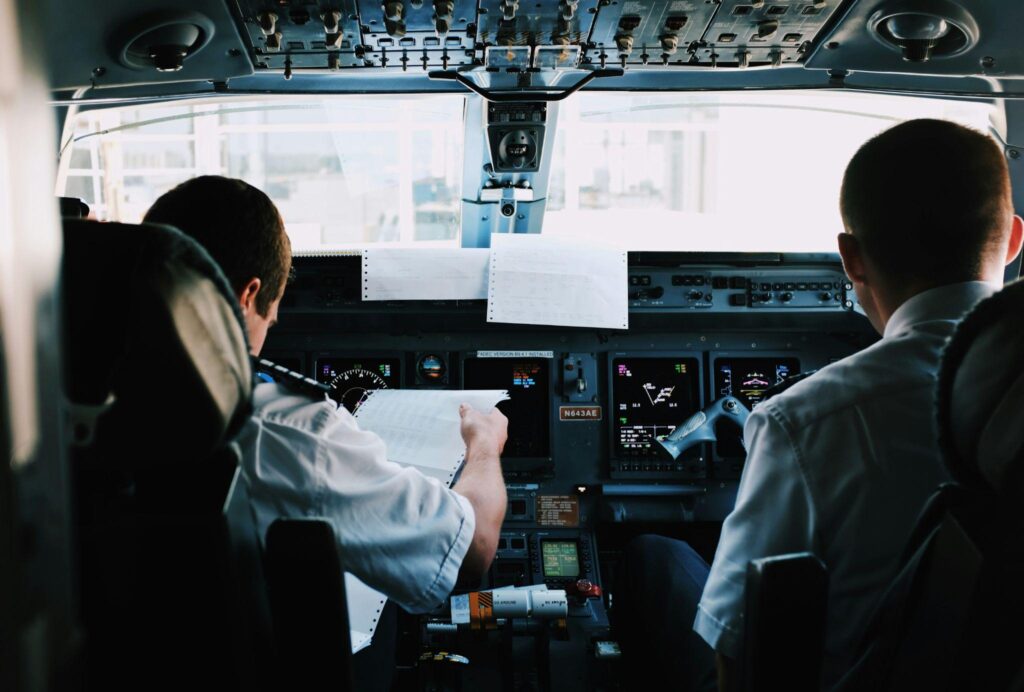
Becoming an international pilot means more than just flying longer distances. It involves:
- Operating larger, more complex aircraft
- Managing time zone changes and international regulations
- Communicating across various languages and control systems
- Representing your airline on a global scale
Unlike domestic pilots who often return home daily, international pilots might spend days away from base, adjusting to different climates, schedules, and airports. It’s a lifestyle of adventure, professionalism, and precision.
Educational Prerequisites
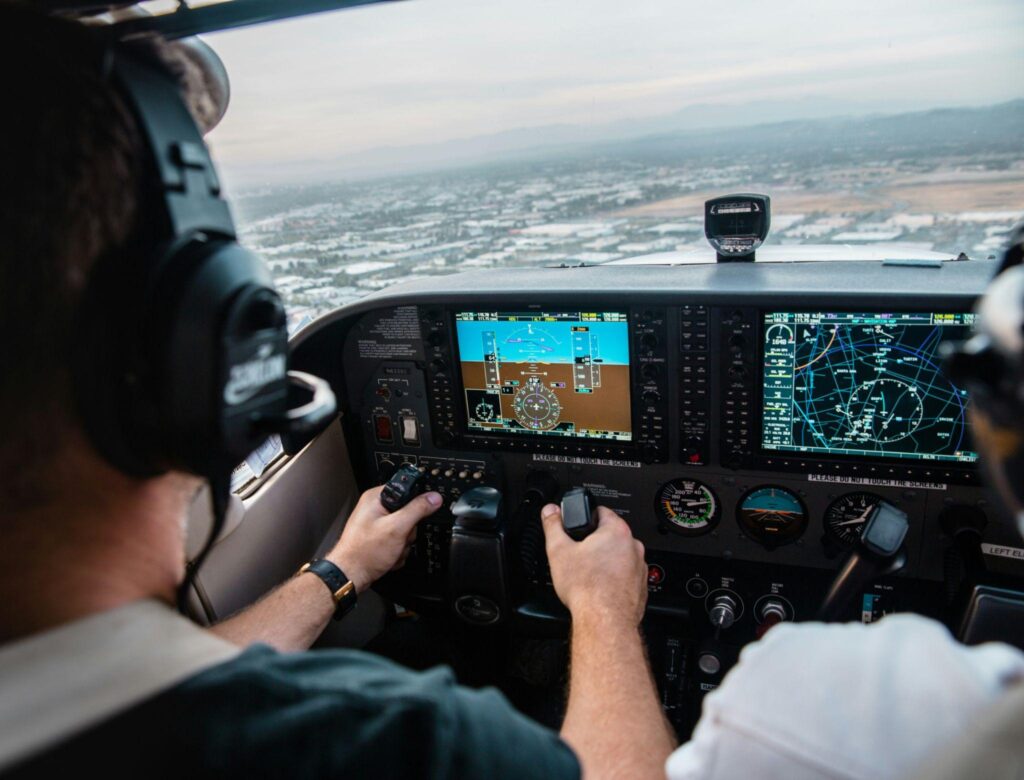
To get started, you’ll need to meet a few foundational international pilot requirements:
- Be at least 17 years old to begin flight training
- Hold a high school diploma or equivalent
- Demonstrate solid proficiency in English (the universal language of aviation)
The International Civil Aviation Organization (ICAO) requires that all pilots be able to communicate effectively in English to ensure global aviation safety and coordination.
The Licensing Pathway
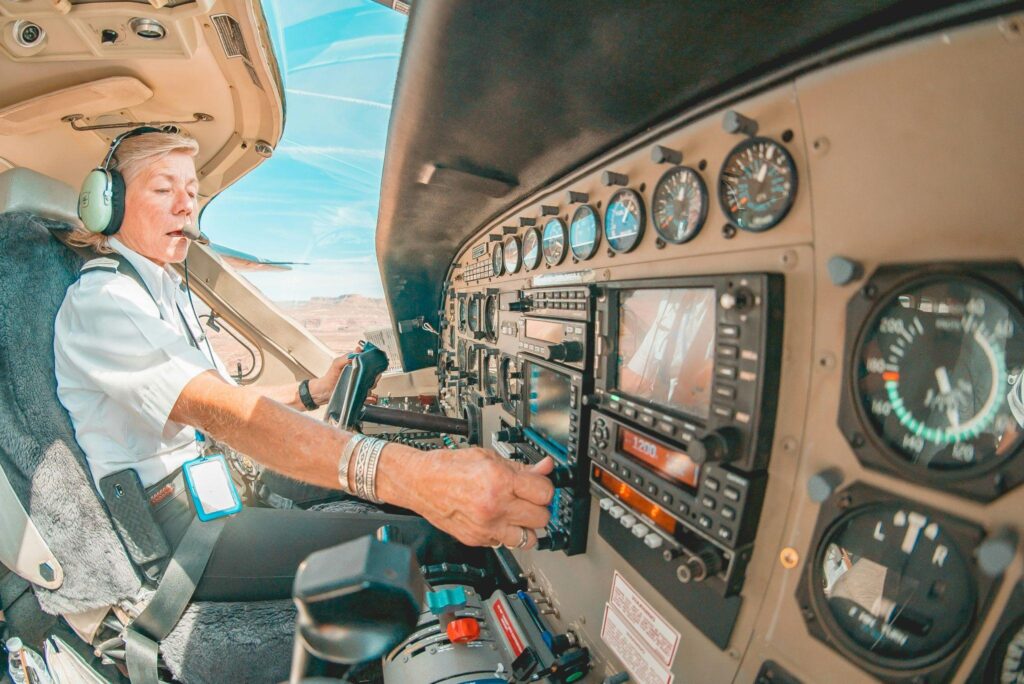
To reach the international flight deck, you’ll need to complete a series of certifications:
- Private Pilot License (PPL): Your first official license, allowing you to fly for personal use
- Instrument Rating (IR): Enables flight in various weather conditions using cockpit instruments
- Commercial Pilot License (CPL): Qualifies you to be compensated for flying
- Multi-Engine Rating: Trains you to handle multi-engine aircraft, essential for most international flights
- Airline Transport Pilot License (ATPL): The highest level of pilot certification, required to serve as captain on international flights
Each step builds your skills, knowledge, and confidence, and brings you closer to the cockpit of a global carrier.
Training Programs: Modular vs. Integrated
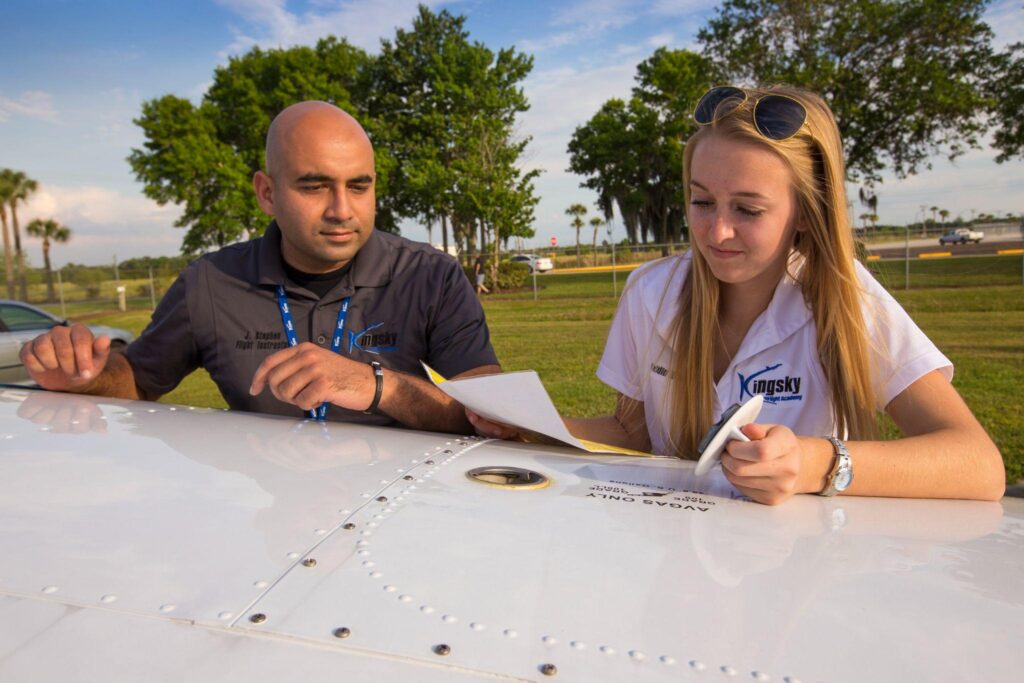
There are two main approaches to flight training:
- Integrated Training: A structured, full-time program that takes you from zero experience to fully licensed in one streamlined course
- Modular Training: A flexible option that allows you to train and certify in stages, often while working or studying elsewhere
At Kingsky Flight Academy, we offer FAA-approved programs tailored to both paths, ensuring flexibility without compromising quality.
International Regulations

Every region has its own aviation authority:
- FAA (U.S.)
- EASA (Europe)
- ICAO (Global standards)
If you train in one region and want to work in another, you may need to convert your license. This involves additional exams, paperwork, and sometimes flight checks. Kingsky Flight Academy can guide you through this process, ensuring you meet global standards.
Gaining Flight Experience
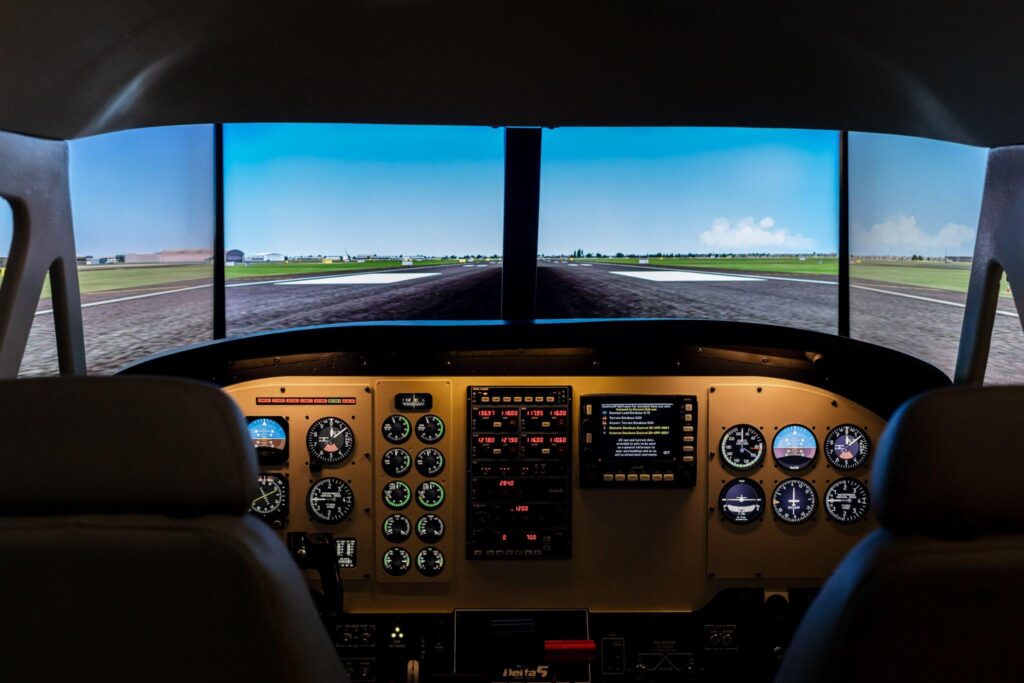
To qualify for airline positions, you typically need 1,500+ flight hours. Here are effective ways to build experience:
- Work as a Certified Flight Instructor (CFI)
- Fly for charter services or air taxi companies
- Participate in aerial surveying or banner towing
These roles not only build your hours but also improve your confidence and leadership in the cockpit.
Applying to Airlines
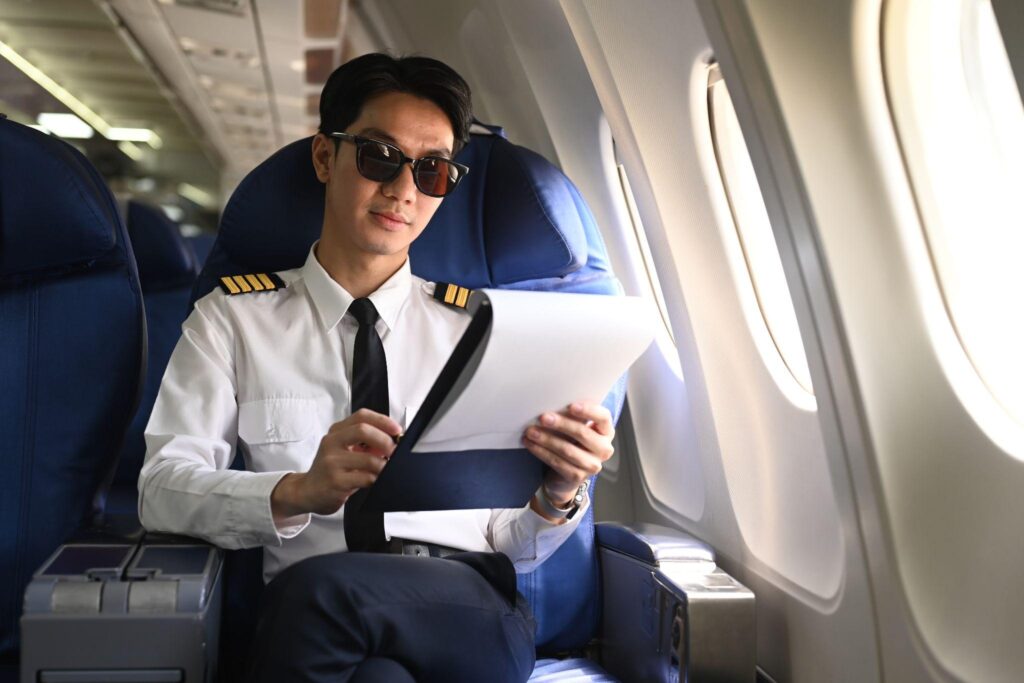
Once qualified, you’ll need to craft a strong application. Include:
- Your total flight hours and certifications
- Type ratings and aircraft experience
- Language skills and international readiness
- A professional, aviation-focused resume and cover letter
Airlines also conduct assessments, including simulator tests, technical interviews, and psychological evaluations.
Career Progression and Lifestyle
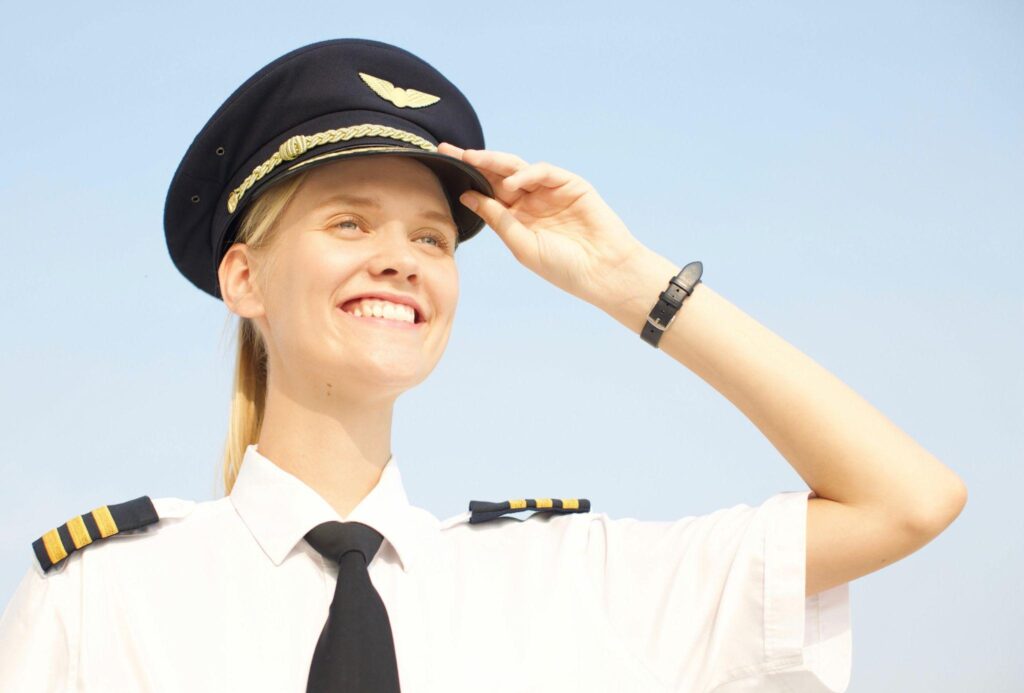
A career as a pilot is both rewarding and demanding. You may work irregular hours and travel extensively, but the benefits of being a pilot are immense:
- Competitive salaries
- Global travel perks
- Fast-tracked career progression (from First Officer to Captain)
Some pilots also transition into airline management, training, or safety operations over time. A career in aviation offers incredible variety and long-term growth.
FAQs
How long does it take to become an international pilot?
Typically 2 to 4 years, depending on the training path and flight hour accumulation. This includes time spent earning your various licenses, gaining flight experience, and meeting the requirements set by regional aviation authorities. The timeline may vary based on your personal schedule, training pace, and availability of flight hours.
Do I need a college degree to become an international pilot?
Not necessarily. While some airlines prefer it, experience and certifications often carry more weight in becoming a successful pilot.
How much does it cost to become an international pilot?
Costs vary depending on the type of school, training program (integrated or modular), and how quickly you progress. These costs cover ground school, simulator time, aircraft rental, flight instructor fees, exams, and study materials. Scholarships, financial aid, and airline-sponsored programs may ease this burden.
Can I become an international pilot without prior experience?
Yes! Most training programs start from the ground up with no flight time required.
What are the requirements to become an international pilot?
To become an international airline pilot, you typically must be at least 23 years old, have a high school diploma (college degree preferred), demonstrate English proficiency, hold a Class 1 medical certificate, and complete extensive flight training culminating in a Commercial Pilot License and Airline Transport Pilot License.
Take Flight with Kingsky Flight Academy
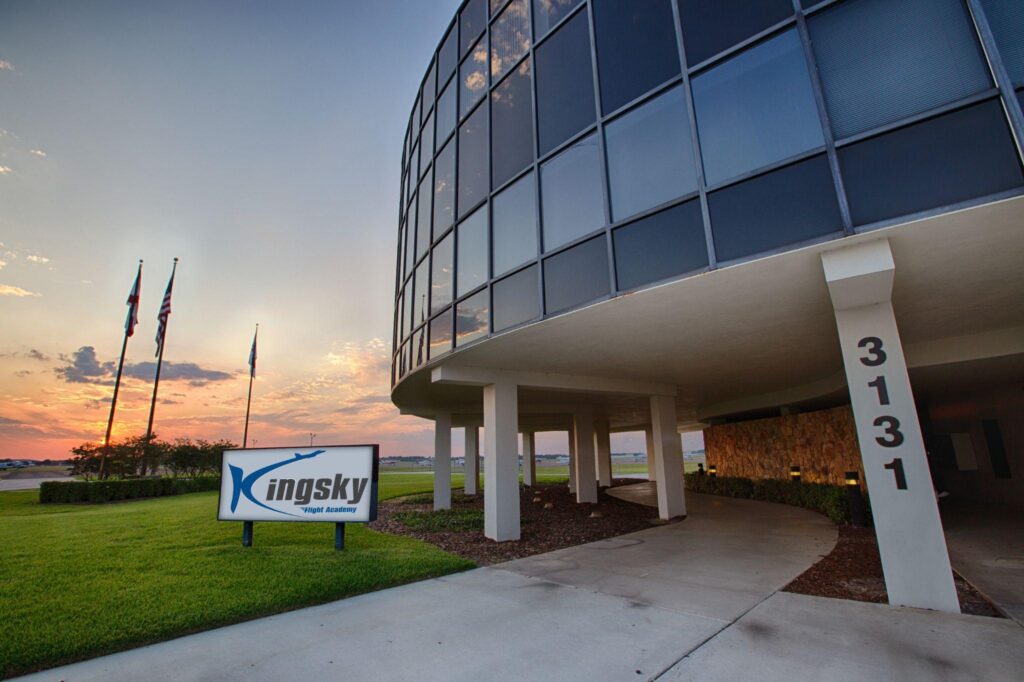
At Kingsky Flight Academy, we understand that becoming an international pilot can be a lifelong dream. Our world-class instructors, modern aircraft, and FAA-approved programs are designed to prepare you for global aviation success.
If you’re ready to fly farther, faster, and with more purpose, we’re here to help you get there.
Explore our international flight school programs today and take the first step toward becoming an international airline pilot.
